Unearthly! 5 WEIRD things that happen in outer space | NASA explains
Outer space is weird and full of surprises. Here are 5 unearthly things that happen in outer space.
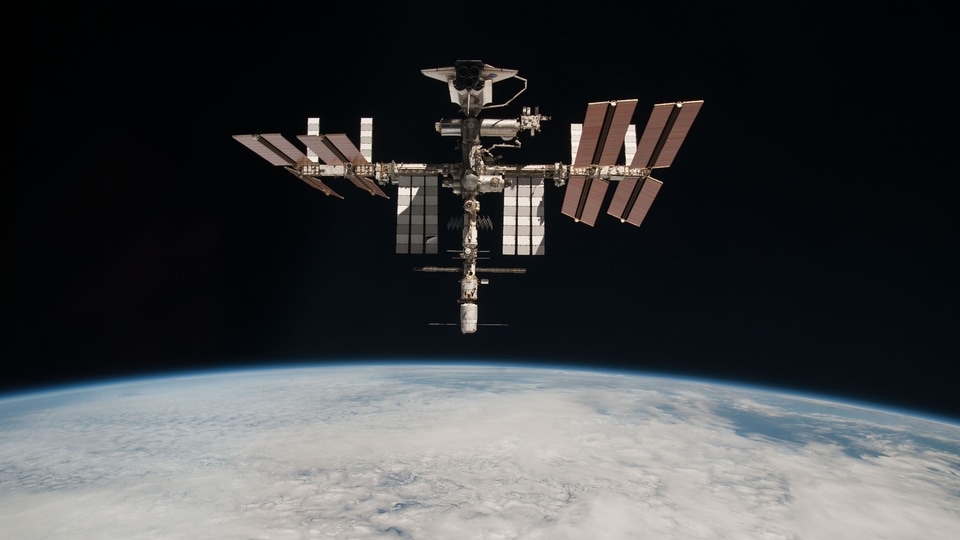
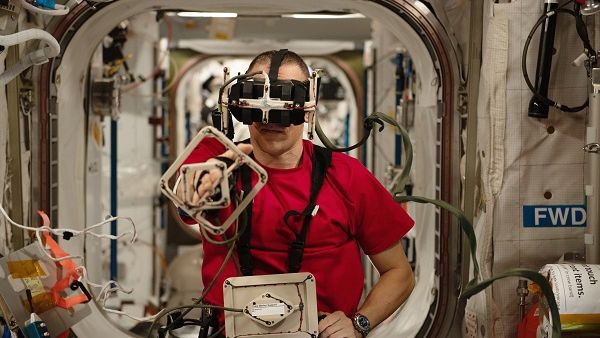
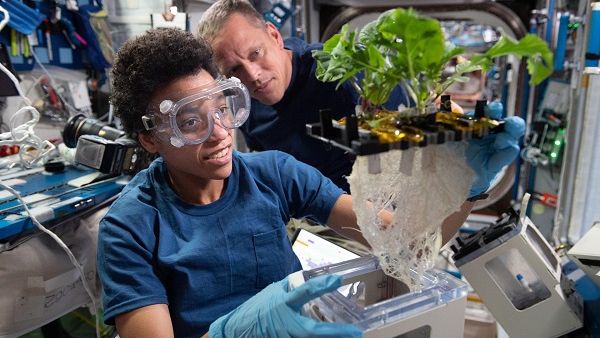
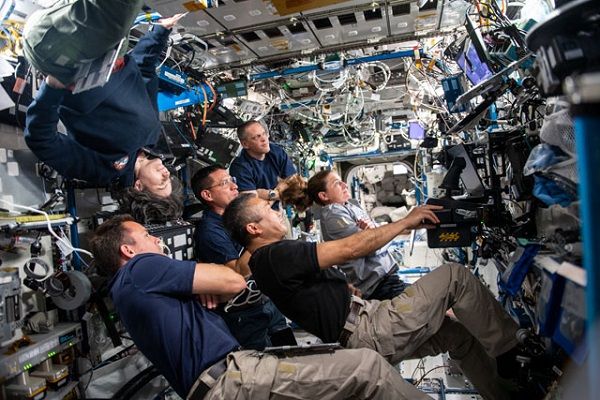


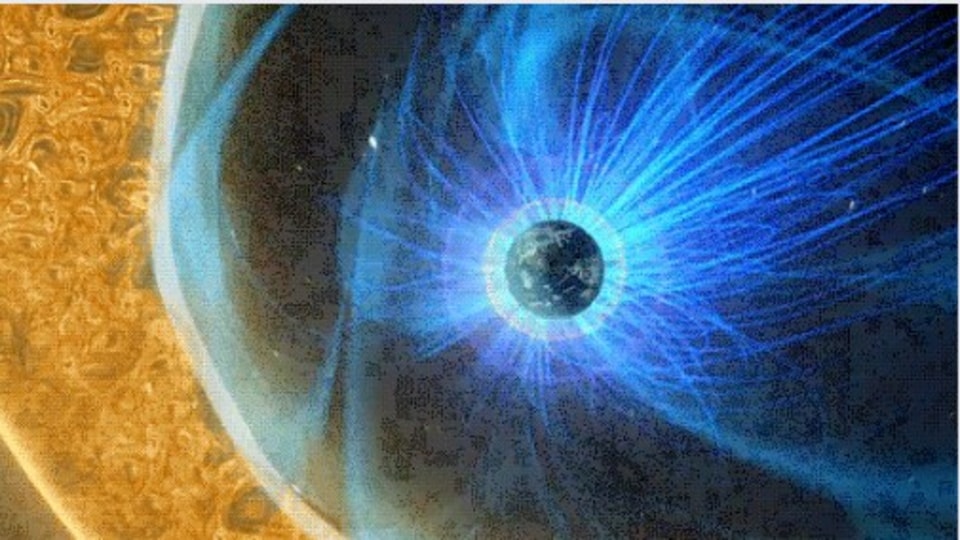
 View all Images
View all ImagesThe more we get to know about space, the more it turns out to be weird. But just how weird might surprise you. According to NASA, space is dominated by invisible electromagnetic forces that we typically don't feel. It is also full of bizarre types of matter that we never experience on Earth. Here are five unearthly things that happen almost exclusively in outer space.
1. Plasma: On Earth, matter typically assumes one of three states: solid, liquid, or gas. But in space, 99.9 percent of normal matter is entirely different form — plasma. Made of loose ions and electrons, this substance is in a supercharged state beyond gas that's created when matter is heated to extreme temperatures or is plied with a strong electric current. According to NASA, we see plasma all the time. Wondering how? All the stars in the night sky, including the Sun, are mostly made of plasma. It even appears occasionally on Earth in the form of bolts of lightning and in neon signs.
2. Extreme Temperatures: What is the maximum and minimum temperature noted on Earth? As per NASA, records exist as high as 134°F and all the way down to -129°F (57°C to -89°C). But what we consider extreme on Earth is average in space. On planets without an insulating atmosphere, temperatures wildly fluctuate between day and night. Mercury regularly sees days around 840°F (449°C) and frigid nights as low as -275°F (-171°C). And in space itself, some spacecraft experience temperature differences of 60°F (33°C) just between their sunlit and shady sides.
NASA's Parker Solar Probe, at closest approach to the Sun, will experience differences over 2,000 degrees. The satellites and instruments NASA sends into space are carefully designed to withstand these extremes. Also, astronaut suits are built to withstand temperatures from -250°F to 250°F (-157°C to 121°C).
3. Cosmic Alchemy: Right now, the Sun is squeezing hydrogen into helium at its core. "When the universe was born, it contained mostly hydrogen and helium, plus a dash of a couple other light elements. Fusion in stars and supernovae have since furnished the cosmos with more than 80 other elements, some of which make life possible," NASA said. The Sun and other stars are excellent fusion machines. Every second, the Sun fuses about 600 million metric tons of hydrogen — that's the mass of the Great Pyramid of Giza 102 times!
4. Magnetic Explosions: Every day, the space around Earth booms with giant explosions. When the solar wind, the stream of charged particles from the Sun, pushes against the magnetic environment that surrounds and protects Earth — the magnetosphere — it tangles the Sun and Earth's magnetic fields. Eventually the magnetic field lines snap and realign, shooting away nearby charged particles. This explosive event is known as magnetic reconnection. While we can't see magnetic reconnection with our bare eyes, we can see its effects. Occasionally some of the perturbed particles pour into Earth's upper atmosphere, where they spark the auroras.
5. Supersonic Shocks: On Earth, an easy way to transfer energy is to give something a push. This often happens through collisions, like when the wind causes trees to sway. But in outer space, particles can transfer energy without even touching. This strange transfer takes place in invisible structures known as shocks. During such shock events, energy is transferred through plasma waves and electric and magnetic fields.
Catch all the Latest Tech News, Mobile News, Laptop News, Gaming news, Wearables News , How To News, also keep up with us on Whatsapp channel,Twitter, Facebook, Google News, and Instagram. For our latest videos, subscribe to our YouTube channel.































